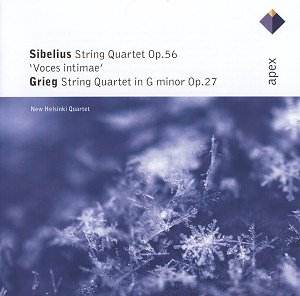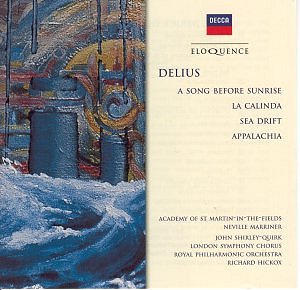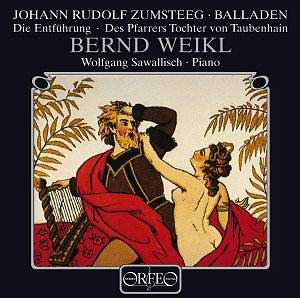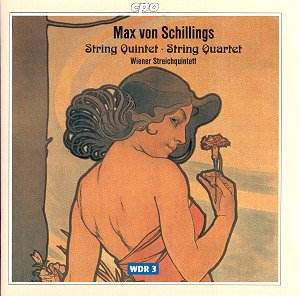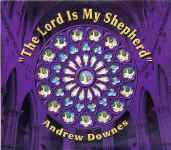 Composer: Andrew Downes
Composer: Andrew Downes
Works: The Lord is My Shepherd; O love the Lord; I was Glad; Preces; Psalm 121; Magnificat; Nunc Dimittis; Responses; O Sing unto the Lord; I will lift up mine eyes; The Souls of the Righteous; In Peace will I lie down
Performers: Members of the Royal Holloway Chapel Choir, directed by Lionel Pike; organist Brian Moles
Recording: Made in Arundel Cathedral, January 2001
Label: Classicprint CPVPO14CD
Andrew Downes emerges as a distinctive voice within the canon of contemporary choral music, particularly in the context of Anglican liturgical traditions. His work, “The Lord is My Shepherd,” along with other sacred choral pieces on this recording, provides insight into his approach to sacred music, which is often characterized by a blend of traditional forms with an accessible harmonic language. Downes’s compositions are rooted in a deep understanding of choral textures and their role within the ecclesiastical setting, making this disc a significant contribution to the repertoire, particularly for those engaged in church music.
The Royal Holloway Chapel Choir, under the direction of Lionel Pike, renders these works with commendable precision and warmth. The unaccompanied setting of Psalm 23, while simple in harmonic language, exhibits a quiet confidence, particularly in the phrase “I will fear no evil.” This moment, stripped of orchestration, invites contemplation and introspection, aligning well with the psalm’s themes of solace and protection. However, one might argue that the overall slow pacing of much of the music requires a certain stamina from the listener, as the prevalence of unison passages can lead to a sense of homogeneity that occasionally dampens the emotional impact.
Notably, “I was glad” infuses a sense of joy, particularly in the expressive phrase “For my brethren and companions’ sake,” where the melodic line rises with a buoyancy that contrasts with the more subdued settings. The introduction of organ in the “Magnificat” adds a necessary layer of color, although the opening staccato vocal line, while engaging, does not quite evoke the tender innocence typically associated with the Virgin Mary. Through this piece, Downes achieves a balance of reverence and exuberance, culminating in climactic moments that highlight the choir’s strengths.
The recording quality is generally commendable, with the acoustics of Arundel Cathedral enriching the choir’s sound. The blend of sopranos and altos lends a radiant quality, particularly in the “Nunc Dimittis,” which was composed during a deeply personal time for Downes following his mother’s passing. This emotional connection imbues the performance with an authenticity that is palpable, elevating it above mere utility music.
While this disc may not serve as the definitive introduction to Downes’s oeuvre—works like the “Centenary Fire Dances” provide more dynamic engagement—its exploration of Anglican choral music is earnest and reflective. For enthusiasts of church music, this recording may reveal subtleties and depths that resonate within the serene framework of liturgical practice. Downes’s ability to weave sacred texts with melodic lines that, while simple, invite contemplation, marks a distinctive place for his music in the contemporary landscape. Engaging with this disc could yield richer insights into both Downes’s artistry and the broader tradition of sacred choral music.
